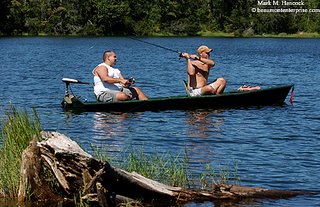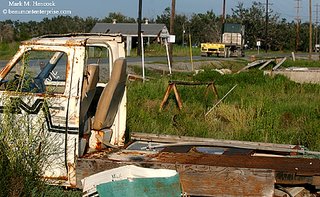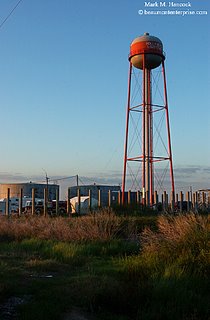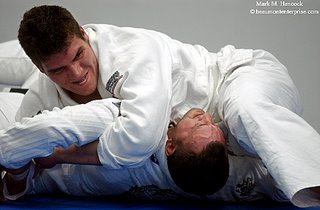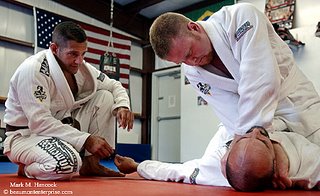It's been a year since
Hurricane Rita hit Southeast Texas and Southwest Louisiana. We'll always remember the date because it's also
Fayrouz's birthday. Last year, we "celebrated" by eating some Zebra snack cakes before Rita ripped the roof off the newsroom and destroyed the entire area. This year, thankfully, her birthday was celebrated at a fine restaurant with a tasty whipped-cream cake.
Hurricane Rita is barely mentioned in the news outside of this area. However, in an area where many folks still have blue roofs and shattered dreams, it's mentioned often. So often, in fact, that the word "Rita" has appeared in every edition of
The Beaumont Enterprise since the tropical storm was named.
Although we're all tired of Rita, Katrina and any other mention of hurricanes, we must still reflect on how the area is recovering after one year.
Below are the images of recovery. Many of the compositions appear strange or random. By normal accounts, most are quite boring. However, click on the link under each image and see how the same scene looked about a year ago.
 Photos by Mark M. Hancock / © The Beaumont EnterpriseNow: William L. Snyder II, owner of B&B Enterprises, poses for a portrait outside his auto business in Orange on Wednesday, Sept. 13, 2006.Then
Photos by Mark M. Hancock / © The Beaumont EnterpriseNow: William L. Snyder II, owner of B&B Enterprises, poses for a portrait outside his auto business in Orange on Wednesday, Sept. 13, 2006.Then Now: The Target store in Beaumont is fully repaired and operational on Friday, Sept. 15, 2006.Then
Now: The Target store in Beaumont is fully repaired and operational on Friday, Sept. 15, 2006.Then Now: O'Hare's Market and Grill on Dowlen Road in Beaumont has changed its lease arrangement and is now Gator West Mini Mart on Friday, Sept. 15, 2006. It reopened for business in mid-July, it was previously damaged after looters smashed the front doors. Then
Now: O'Hare's Market and Grill on Dowlen Road in Beaumont has changed its lease arrangement and is now Gator West Mini Mart on Friday, Sept. 15, 2006. It reopened for business in mid-July, it was previously damaged after looters smashed the front doors. Then Now: A crushed sport utility vehicle with Louisiana license plates was removed from under a Jack In The Box sign and the store has been repaired and is operational again by Friday, Sept. 15, 2006.Then
Now: A crushed sport utility vehicle with Louisiana license plates was removed from under a Jack In The Box sign and the store has been repaired and is operational again by Friday, Sept. 15, 2006.Then Now: Johnson's Xpress Lube has been repaired and is operational by Friday, Sept. 15, 2006.Then
Now: Johnson's Xpress Lube has been repaired and is operational by Friday, Sept. 15, 2006.Then Now: Southeast Texas Regional Airport has removed the secondary tower and returned to normal operations by Friday, Sept. 15, 2006. Then
Now: Southeast Texas Regional Airport has removed the secondary tower and returned to normal operations by Friday, Sept. 15, 2006. Then Now: The Port Arthur Holiday Inn has been repaired and is back to normal operation by Friday, Sept. 15, 2006.Then
Now: The Port Arthur Holiday Inn has been repaired and is back to normal operation by Friday, Sept. 15, 2006.Then Now: The parking lot remains empty by the severely-damaged Port Arthur Civic Center in Port Arthur on Friday, Sept. 15, 2006.Then
Now: The parking lot remains empty by the severely-damaged Port Arthur Civic Center in Port Arthur on Friday, Sept. 15, 2006.Then


